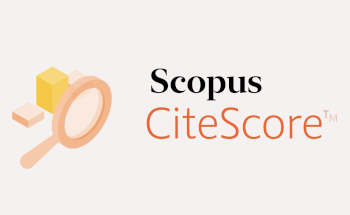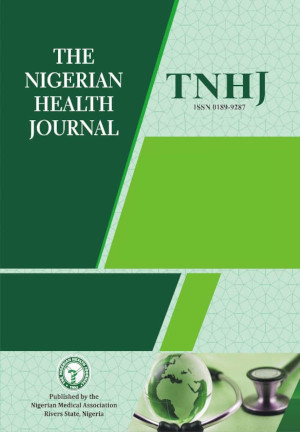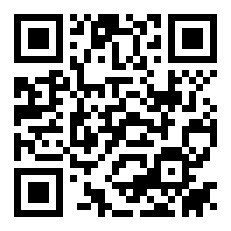Transient Autonomic-like Symptoms During Clinical Exposure: A Cross-Sectional Study Among Nigerian Health Workers and Trainees
DOI:
https://doi.org/10.71637/tnhj.v25i3.1154Keywords:
Autonomic symptoms , Vasovagal response, Clinical trainee, Coping strategy, medical educationAbstract
Background: Transient autonomic symptoms such as dizziness, yawning, sweating, and syncope may occur during clinical procedures, potentially affecting learning and performance. Data from Nigeria are limited. This study assessed their prevalence, patterns, correlates, coping strategies and career effects.
Methods: A descriptive cross-sectional online survey was conducted among medical doctors, nurses, and clinical students in Nigeria. Questionnaire items were adapted from validated scales and contextualised to surgery and blood exposure. Data were analysed using Jamovi with descriptive and inferential statistics.
Results: Of 170 respondents, 55.3% reported at least one symptom. Dizziness (64.9%), sweating (47.9%), and muscle weakness (41.5%) were most frequent, with initial onset usually between 18–34 years. Triggers included surgical theatres and blood exposure. Auras preceded symptoms in 44.7%. Only the 55–64-year age group showed a significant inverse association with symptom occurrence (OR = 0.065; p = 0.035). Coping strategies were reported by 36.2%, mainly avoidance and postural adjustment.
Conclusion: Autonomic-like symptoms are common among Nigerian clinical trainees and health workers, particularly younger individuals. The findings underscore the need for awareness and preparatory interventions during clinical training. Further studies with wider representation and objective assessments are recommended.
Downloads
References
1.Morzycki A, Hudson A, Williams J. Medical student presyncope and syncope in the operating room: a mixed methods analysis. Journal of surgical education. 2016 Nov 1;73(6):1004-1013.
2.Jamjoom AA, Nikkar-Esfahani A, Fitzgerald JE. Operating theatre related syncope in medical students: a cross-sectional study. BMC Medical Education. 2009;9:1-6.
3.Rudnicki J, Zyśko D, Kozłowski D, Kuliczkowski W, Koźluk E, Lelonek M, Piątkowska A, Gajek J, Negrusz-Kawecka M, Agrawal AK. The choice of surgical specialization by medical students and their syncopal history. PLoS One. 2013 Jan 31;8(1):e55236.
4.Rudnicki J, Zyśko D, Gajek J, Kuliczkowski W, Rosińczuk‐Tonderys JO, Zielińska D, Terpiłowski Ł, Agrawal AK. The risk for syncope and presyncope during surgery in surgeons and nurses. Pacing and clinical electrophysiology. 2011 Nov;34(11):1486-1491.
5.Raosoft Inc. Sample Size Calculator [Internet]. Seattle (WA): Raosoft Inc.; 2004 [cited 2025 Jun 26]. Available from: http://www.raosoft.com/samplesize.html
6.The jamovi project (2024). jamovi. (Version 2.6) [Computer Software]. Retrieved from https://www.jamovi.org.
7.R Core Team (2024). R: A Language and environment for statistical computing. (Version 4.4) [Computer software]. Retrieved from https://cran.r-project.org. (R packages retrieved from CRAN snapshot 2024-08-07).
8.Morzycki A, Srigley J, McIlroy J, Donnon T, Schneider M. Medical Student Presyncope and Syncope in the Operating Room: A Mixed-Methods Survey. Journal of Surgical Education. 2016;73(6):1004-1011.
9.Ojedokun SA, Ilelaboye AI, Aderinto NO, Ayantoyinbo OA, Afolabi AC, Akande YF, Adebayo JA, Olaitan AO, Alatishe TA. Perceived Stress and Coping Strategies Among Medical Students in a Tertiary Institution in Southwest Nigeria. Asian Journal of Medical Principles and Clinical Practice. 2023;6(1):26-34.
10.Salari N, Karimi Z, Hemmati M, et al. Global prevalence of vasovagal syncope: A systematic review and meta-analysis. Global Epidemiology. 2024; doi: 10.1016/j.gloepi.2024.100136
11.Adesola AA, Akoki DM, Aderemi TV, Fola-Oyetayo OC, Asogwa CS, Ojile MO, Ijezie IC. Exploring burnout in medical education: a mixed-method study among university of Ibadan medical students. BMC Medical Education. 2025 May 3;25(1):647.
12.Daniel P, Składanek J, Leśkiewicz M, Otręba K, Cieszkowska J, Czupryńska K. Why is surgery not popular among medical students and young doctors? Review of literature. Journal of Education, Health and Sport. 2024; 73:51721-.
13.Jha A, Holla R, Satish KP, Kundolil FS, Goel P, Jaiswal S, Kumar DN, Dasgupta A. Trypanophobia among medical students-An overlooked concern. Clinical Epidemiology and Global Health. 2023; 20:101257.
Published
Issue
Section
License
Copyright (c) 2025 Dumle Jane Alerechi-Ogbugo, Alerechi Emeka-Ogbugo , Muhammad M. Makusidi, Ibiso Bruce

This work is licensed under a Creative Commons Attribution-NonCommercial-ShareAlike 4.0 International License.
The Journal is owned, published and copyrighted by the Nigerian Medical Association, River state Branch. The copyright of papers published are vested in the journal and the publisher. In line with our open access policy and the Creative Commons Attribution License policy authors are allowed to share their work with an acknowledgement of the work's authorship and initial publication in this journal.
This is an open access journal which means that all content is freely available without charge to the user or his/her institution. Users are allowed to read, download, copy, distribute, print, search, or link to the full texts of the articles in this journal without asking prior permission from the publisher or the author.
The use of general descriptive names, trade names, trademarks, and so forth in this publication, even if not specifically identified, does not imply that these names are not protected by the relevant laws and regulations. While the advice and information in this journal are believed to be true and accurate on the date of its going to press, neither the authors, the editors, nor the publisher can accept any legal responsibility for any errors or omissions that may be made. The publisher makes no warranty, express or implied, with respect to the material contained herein.
TNHJ also supports open access archiving of articles published in the journal after three months of publication. Authors are permitted and encouraged to post their work online (e.g, in institutional repositories or on their website) within the stated period, as it can lead to productive exchanges, as well as earlier and greater citation of published work (See The Effect of Open Access). All requests for permission for open access archiving outside this period should be sent to the editor via email to editor@tnhjph.com.













